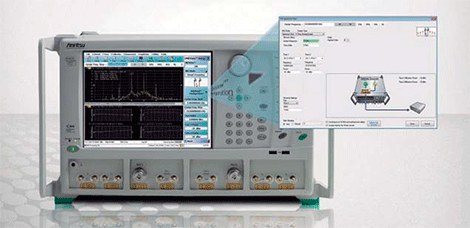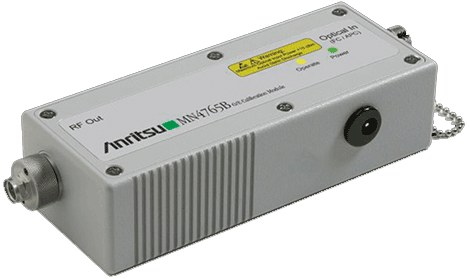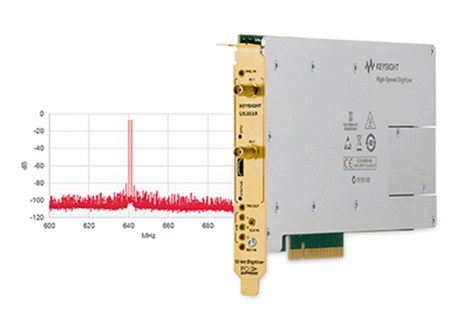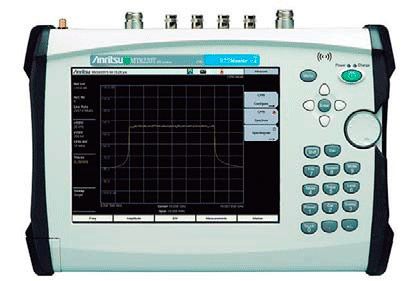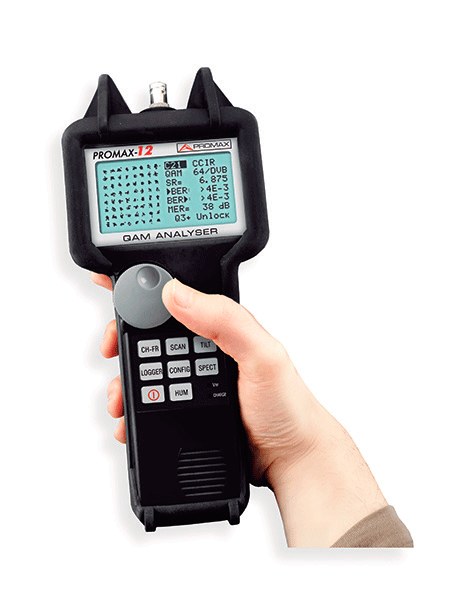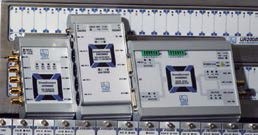IMDView advancements simplify measurement setup and improve efficiency for engineers making amplifier IM distortion measurements
Anritsu introduces IM distortion options for its VectorStar® platform that extend the measurement capabilities of this family of vector network analyzers to meet the needs of design and production engineers who must make highly accurate and efficient IM distortion measurements. in their amplifier designs. Among the enhancements to the new software is its new advanced, user-friendly graphical user interface, which simplifies complex IM distortion measurements and enables more detailed IM distortion evaluation. An internal RF combiner/switch option has also been introduced for the VectorStar that provides IM distortion measurements through a single connection without the need to rewire the configuration.
IMDView provides a wide range of tools to give engineers much greater confidence in their amplifier designs. Multiple channels and signals allow simultaneous display of the IM distortion sweep frequency and the IM distortion continuous wave performance under different operating conditions. IMDView also has a unique ability to modify key parameters and monitor the effects, so engineers can determine optimal performance capabilities without switching settings panes to view results. The software also keeps track of the frequency bands of interest, as well as the required power levels of the two tones. During power calibration, the software automatically switches paths to provide calibrated tones to the input of the test device.
With these enhancements, VectorStar is the only vector network analysis platform that can offer engineers three different IM distortion settings and the ability to upgrade to any of the settings. IMDView is a software option that simplifies the configuration of displayed signals based on IM distortion parameters such as TOI, IM products, and power calibrations.
The addition of an internal second font option simplifies the creation of a second font and reduces setup time by eliminating the need to locate the proper font. The aforementioned internal RF combiner/switch option provides the ability to toggle between S-parameter measurements and IM distortion without reconnection. In addition to saving time, it improves overall accuracy by eliminating multiple calibrations and concatenation errors.
VectorStar's NLTL-based receiver provides exceptional linearity and maintains very low noise floor, even at millimeter wave frequencies. VectorStar offers a receiver IP3 within the +35 dBm range and excellent performance, even for narrow pitch variations. VectorStar also offers the fastest sweep speed in its class for more accurate IM distortion measurements.


